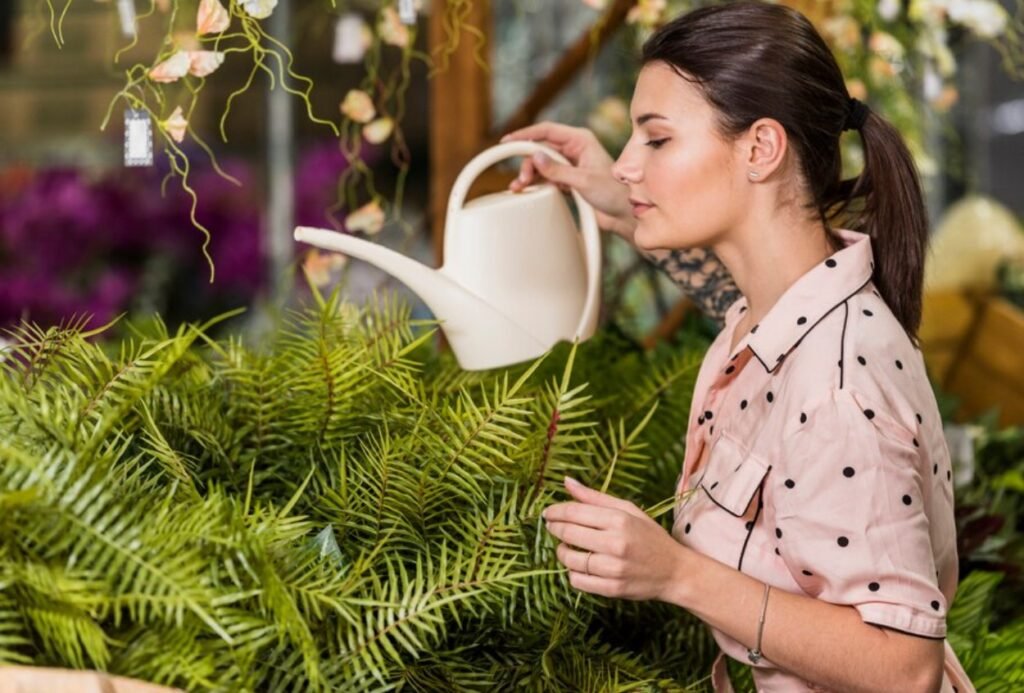This comprehensive guide will walk you through the necessary steps to create your dream garden. Assess your space by identifying soil type, sunlight levels, and defining your style or theme. Create a functional layout, select the right plants, and incorporate hard landscaping elements for a cohesive design. Learn how to grow with the seasons, encourage wildlife and sustainability, and maintain and evolve your garden over time. By following these steps, you can design a beautiful and thriving outdoor space that reflects your personality and brings you joy.
Key Takeaways:
- Identify your Soil Type: Understanding the type of soil in your garden is crucial as it determines plant selection and maintenance requirements.
- Understand the Sunlight Levels: Knowing the sunlight levels in different areas of your garden helps in placing plants accordingly to ensure optimal growth.
- Create a Functional Layout: Designing a layout that is both aesthetically pleasing and functional will enhance the overall usability of your outdoor space.
- Select the Right Plants: Choosing plants that are suitable for your climate, soil type, and sunlight levels will result in a thriving garden.
- Encourage Wildlife & Sustainability: Incorporating elements that attract wildlife and promote sustainability will create a harmonious and environmentally-friendly garden ecosystem.
How to Design a Dream Garden?
Assessing Your Space
The first step in designing your dream garden is to assess your space thoroughly. The soil type of your garden plays a crucial role in determining which plants will thrive in your garden. The
Identifying Soil Type
Now, take some time to identify the soil type in your garden. You can easily do this by conducting a simple soil test or observing the texture of the soil. Once you know your soil type, you can select plants that are best suited for that specific soil composition. Whether you have sandy, loamy, or clay soil, understanding your soil type will help you create a healthy and thriving garden.
Understanding Sunlight Levels
If you want to design a successful garden, it is imperative to understand the sunlight levels in your outdoor space. Different plants have varying sunlight requirements, so it is crucial to know how much sunlight your garden receives throughout the day. Consider any shady spots or areas that receive direct sunlight. By assessing the sunlight levels in your garden, you can select plants that will flourish in your specific lighting conditions.

Defining Style or Theme
Style is a crucial aspect of designing your dream garden as it sets the tone and ambiance for the space. Your garden’s style or theme can be influenced by personal preferences, architectural elements of your home, or even the surrounding environment. Whether you prefer a modern, minimalist look or a whimsical, cottage garden feel, defining your style will guide your plant and design choices throughout the process.
Creating Functional Layout
Assuming you have identified your soil type and understood the sunlight levels in your garden, now it’s time to create a functional layout. Your garden layout should prioritize ease of movement, accessibility to different areas, and practicality. Consider factors such as pathways, seating areas, and focal points to ensure that your garden serves both aesthetic and functional purposes.
Selecting the Right Plants
While selecting plants for your garden, you should take into account factors such as soil type, sunlight levels, and climate conditions. Choose a mix of flowering plants, shrubs, and trees that not only enhance the visual appeal but also thrive in your specific garden environment. To ensure a cohesive look, consider the colors, textures, and heights of the plants when making your selections.
Incorporating Hardlandscaping Elements
Functional and decorative elements such as pathways, retaining walls, and water features can add structure and visual interest to your garden. When incorporating hard landscaping elements, consider the overall style or theme of your garden and how these features can complement the greenery. Whether you opt for a contemporary paved area or a rustic stone fountain, ensure that these elements blend seamlessly with the natural surroundings.
Growing with the Seasons
Style your garden to evolve and change with the seasons by incorporating a mix of plants that bloom at different times of the year. This ensures that your garden remains vibrant and engaging throughout the seasons. Consider adding seasonal decorations or rearranging planters to reflect the changing landscape and keep your garden looking fresh and inviting.
Encouraging Wildlife & Sustainability
On top of creating a visually appealing garden, aim to encourage wildlife and promote sustainability in your outdoor space. Planting native species, providing food and shelter for birds and insects, and incorporating eco-friendly practices such as composting and water conservation can help create a thriving ecosystem in your garden. By prioritizing wildlife and sustainability, you not only create a healthy environment but also contribute to the overall well-being of your community.
Maintaining and Evolving Your Garden
Unlike indoor spaces, a garden requires regular maintenance to thrive and evolve over time. It’s crucial to stay on top of tasks to ensure your garden remains healthy and beautiful. Here are some tips to help you maintain and evolve your outdoor space:
First and foremost, continue to assess your soil type and understand sunlight levels to make informed decisions about plant care and maintenance. Regularly inspect your plants for any signs of disease or pests, and take necessary action to address any issues promptly.
As the seasons change, adjust your gardening tasks accordingly. Plan ahead for each season, considering what plants need to be pruned, fertilized, or divided. This will help your garden flourish year-round.
Final Words
With this in mind, designing your dream garden requires careful planning and consideration of various factors such as soil type, sunlight levels, style or theme, plant selection, layout, hard landscaping elements, seasonal growth, wildlife and sustainability, and maintenance. By following the steps outlined in this guide, you can create a beautiful and functional outdoor space that reflects your personal style and enhances your enjoyment of your surroundings. Remember to regularly assess and evolve your garden to ensure it continues to thrive and bring you joy for years to come.
Whether you have a green thumb or are new to gardening, designing a dream garden is a rewarding experience that allows you to express your creativity and connect with nature. By incorporating the right elements and paying attention to detail, you can create a space that not only looks stunning but also supports wildlife and promotes sustainability. So roll up your sleeves, grab your gardening tools, and start designing your dream garden today!
FAQ
Q: How do I identify my soil type for my garden design?
A: You can determine your soil type by doing a simple soil test using a DIY kit or by consulting a professional for expert analysis.
Q: What are the different sunlight levels to consider for my garden design?
A: Sunlight levels can be categorized as full sun, partial sun, partial shade, or full shade, and it’s important to match your plant selections to the appropriate light conditions.
Q: How can I define a style or theme for my garden design?
A: You can define your garden style by choosing a specific theme such as modern, cottage garden, tropical, or minimalist, and incorporating elements that reflect this theme throughout your design.
Q: What elements should I consider for creating a functional layout in my garden design?
A: When creating a functional layout, consider factors like pathways, seating areas, plant placement for easy access, and practical elements like water features or lighting.
Q: How can I encourage wildlife and sustainability in my garden design?
A: To encourage wildlife and sustainability, incorporate native plants, provide habitats like bird feeders or insect hotels, practice water conservation, and avoid chemical pesticides or fertilizers that can harm the environment.
